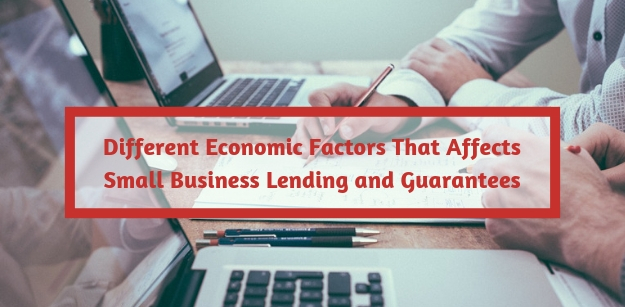The financial market depends largely on the country’s economy and finance policies. There are different factors that contribute to the success of the money lending industry. Individuals, businesses and other organizations require constant and easy funding for their activities and these financial institutions cover their needs largely.


The most significant beneficiary is the small businesses that find it difficult and laborious going through the red tape of commercial loans from banks and credit unions. However, small businesses that usually have 500 or less employees are equally important for the nation’s economy.
There may be different reasons for intermittent declines in small business lending. These reasons may be the business cycle, quality of projects changes, changes in loan standards and anticipated customer demands.
Assistance To Small Businesses
The Congress formed the Small Business Administration to provide assistance to them in many ways especially in availing loans.
- It also guarantees loans by the private sector thereby reducing the risk of potential loss of the lender by delivering loans to small businesses.
- Such guarantees have provided assurance to the lenders who are now looking at small business loan requests more favorably.
Nevertheless, there are different other reasons and factors that results in the variance in the volume of small business loansover time in spite of the guarantee provided by the SBA.
Impact Of The Business Cycle
Business cycle has a strong impact on the volume of small business loans however the reason for such impact on SBA assurance is not clear. The demand for SBA loan guarantee will increase as the economy of the nation grows and the small business expands. They take advantage of the situations and the opportunities in offer.
- Small businesses may also reduce their demand as they can now obtain loans without the guarantee of SBA.
- This is the distinctive feature of a growing economy where lenders are more comfortable and willing to provide loans on better and more favorable rates and terms.
In Times Of Economic Slowdowns
On the other hand, during the times of economic slowdowns there are concerns over potential losses. This leads to tightening of all loan standards by the lenders and this affects the small businesses perhaps the most disproportionately.
- It is now that the demand for SBA loan guarantees increases as the small businesses find it difficult if not impossible to obtain any loan especially without the governmentbacking them.
- The interest in SBA loan guarantees may also fall during these times as there are few takers and fewer reasons to borrow.
- In these times even if a small business has the SBA guarantee, more often they have to pledge their personal assets as collateral securities for business loans.
- During the great recession period there was a widespread decline in home prices. This reduced the abilities and purchasing power of the owners. It failed to provide credit enhancement and the ultimate impact of all these factors was on SBA loan volume.
Working in the opposite direction nothing could be foretold with confidence which is why the government intervention in small business lending is reasonable and justified.
Improve The Policy Outcome
The government intervention in small business lending has resulted in proper analysis of problems. This has in turn improved the policy outcome. It also helps in identifying the different sources of information to analyze the condition of the loan market of small business.
- Better policies are made considering the demand and supply for small business loans by the economic and financial analysts. Traditional demand and supply framework is considered to view and analyze the market for business loans.
- All alternative ways to finance a small business are also considered along with the several ways in which capital investment can be controlled. It is believed that any large or small businesswill consider both internal as well as external funding sources for their project needs. They will weigh the pros of borrowing money against selling an equity stake.
The lenders on the other hand judges the financial returns and the risks involved in lending the money. These lenders can be the current owners, friends, banks, pension funds, trusts, hedge funds, mutual funds and others. For more details please visit here.
Lenders and borrowers will also visit websitesto compare what one company offers against that of the other firms. Borrowers may also look at the alternatives to business loans such as government bonds and consumer loans and take the final and informed decision to borrow.
The Likely Impact of Economic Fluctuations
Economic fluctuations affect the small businesses and the borrowing ability the most and in particular. When the economy slows down, the lending volume declines and when the economy recovers it tends to pick up.
During economic slowdown or recovery there are severe and several impacts on small business lending and borrowing. Lenders become more or less risk averse as per the economic conditions.
They may also decline or agree to make loans as per the conditions of the economy. However with the SBA loan guarantee a small business may expand during a slowdown depending on the risk adjusted profitable opportunities.
Supply And Demand For Capital
During the time when the economy of the nation is prosperous the supply and demand for small business loans are at its peak. The rate of interest prevailing and the total dollar volume is responsible for such increase. Economists determine the rate of interest as equilibrium where the supply and demand curve meets.
The supply curve shows the amount of capital that is available in the economy at that specific interest rate. This shifts to the left during economic slowdown showing that less capital is available at that period at that specific rate of interest.
The demand curve on the other hand shows the volume of loans that a business may obtain at different interest rates. Once again this shifts on the left during an economic slowdown indicating that the demand for business loan is less at that specific interest rate.



